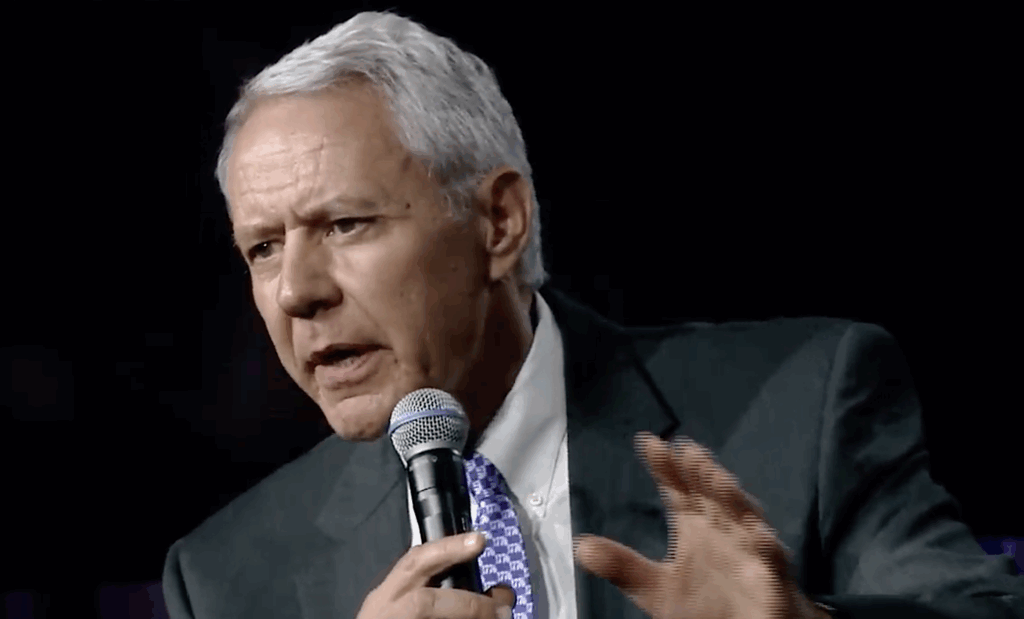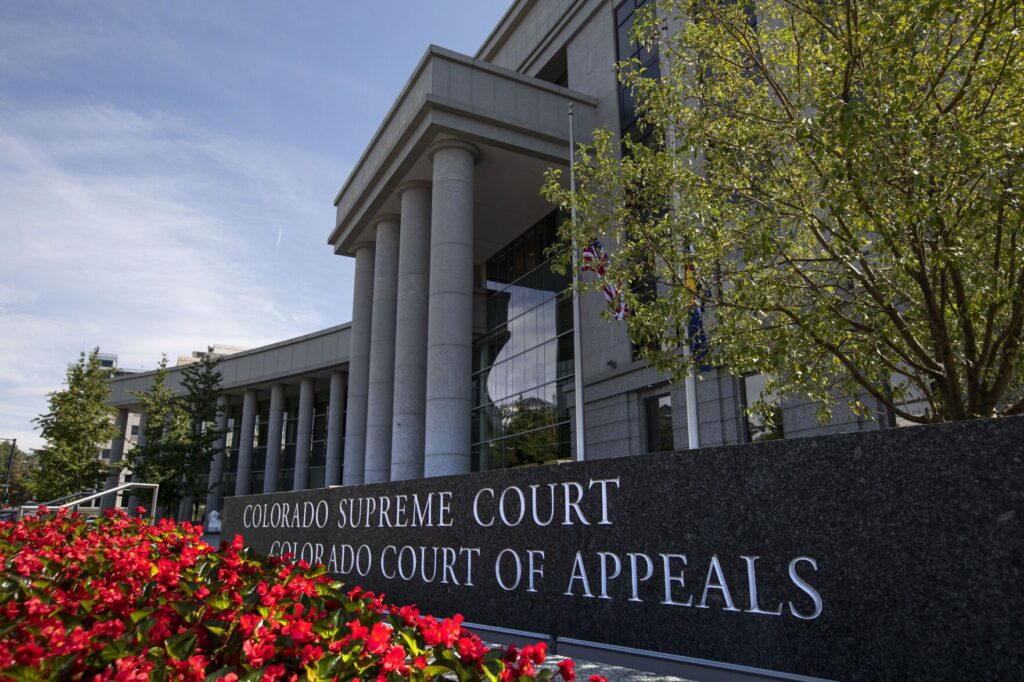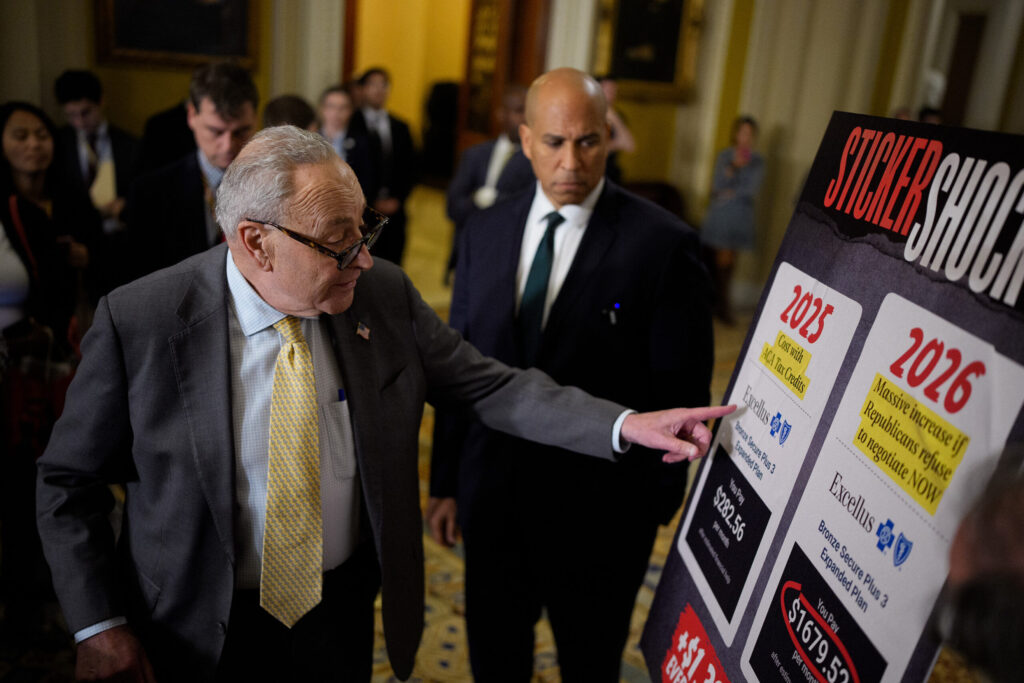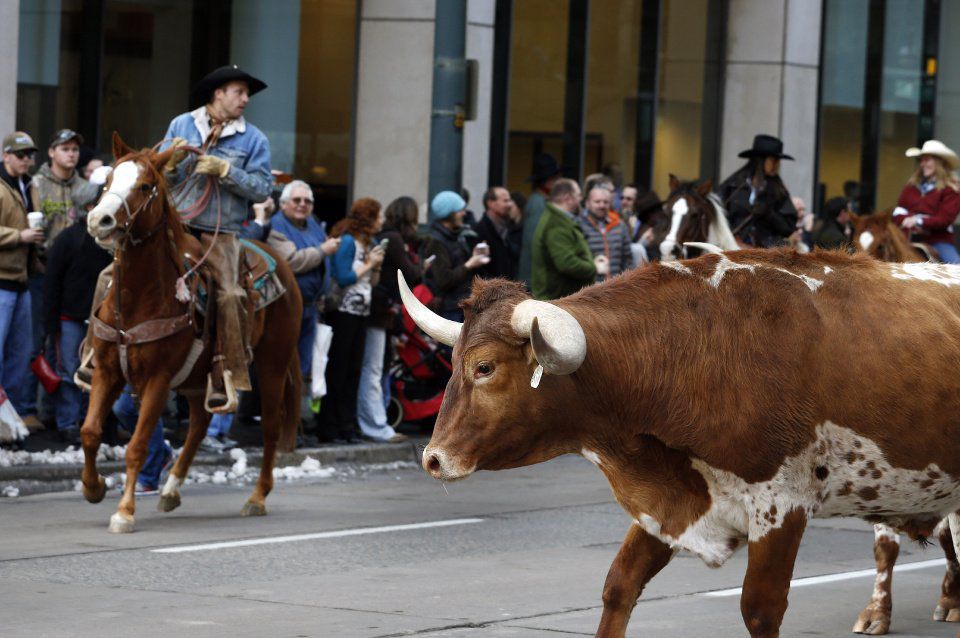Clinton taps Ken Salazar to head White House transition team
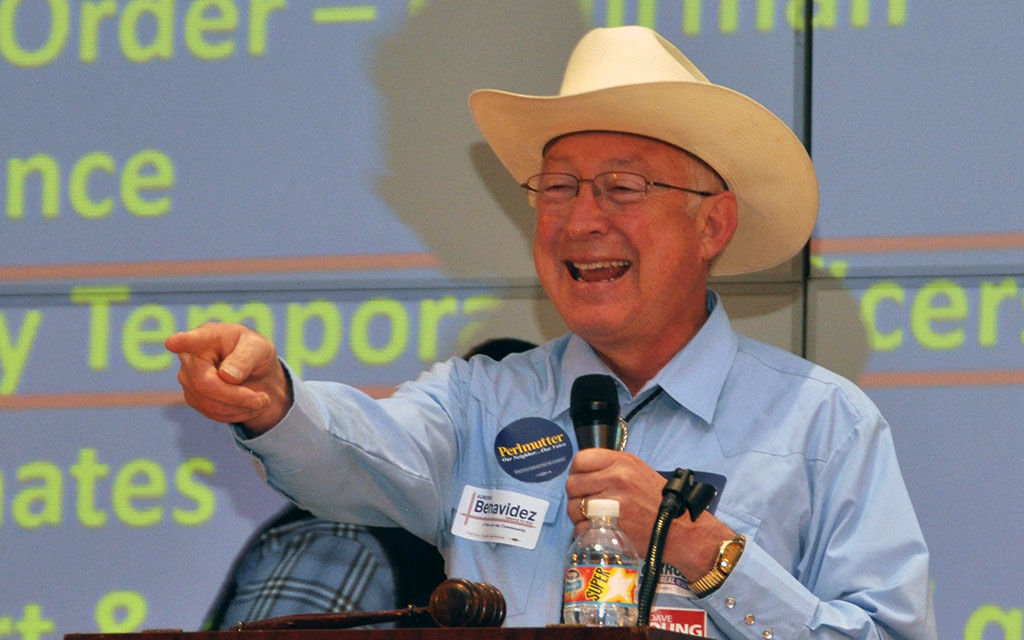
Democratic presidential nominee Hillary Clinton on Tuesday named Ken Salazar, a former interior secretary and U.S. senator from Colorado, to chair her transition team.
“Once Hillary Clinton makes history by being elected as the nation’s first woman president, we want to have a turnkey operation in place so she can hit the ground running right away,” said Salazar, 61, in a statement.
“A Clinton-Kaine administration will build on the progress we’ve made under President Obama, and tackle a new set of challenges both at home and abroad,” he added. “This transition team will undertake the preparations necessary to ensure our next President has the resources and staff to carry out this all-important work.”
Clinton’s transition co-chairs are former National Security Advisor Tom Donilon, former Michigan Gov. Jennifer Granholm, Center for American Progress President Neera Tanden and Maggie Williams, director of the Harvard Institute of Politics and Clinton’s 2008 campaign manager.
Salazar and the four co-chairs will head the Clinton-Kaine Transition Project, a nonprofit formally established earlier this month, tasked with organizing an administration if Clinton wins the presidency.
The team will be based in Washington, D.C.
Clinton’s Republican opponent, Donald Trump, tapped New Jersey Gov. Chris Christie to run his transition effort in May.
Clinton had warm words for Salazar at an Aug. 3 campaign rally in Commerce City.
“I want to introduce someone I had the distinct honor of serving with in the United States Senate and then serving with in the Obama administration,” Clinton said as Salazar, seated alongside his wife, Hope, stood and waved to the crowd.
“You will not find a better person, somebody who is always thinking about what he can do to help somebody else,” Clinton added, “and I, for one, am grateful for his friendship.”
Salazar was considered a possible Clinton running mate by political observers early in the campaign, although he wasn’t among the finalists Clinton interviewed earlier this summer before picking Virgina Sen. Tim Kaine. Salazar was also mentioned as a potential Supreme Court nominee for the vacancy created by Justice Antonin Scalia’s death in February. Obama nominated Judge Merrick Garland to the seat, but the Republican-controlled Senate has refused to hold hearings or otherwise consider the nomination.
Salazar is considered a leading candidate for governor of Colorado in 2018, when Democrat John Hickenlooper faces term limits.
“While our campaign remains focused on the task at hand of winning in November, Hillary Clinton wants to be able to get to work right away as president-elect on building an economy that works for everyone, not just those at the top,” said campaign chairman John Podesta, who was in charge of President Barack Obama’s transition team in 2008, in a statement. “These individuals, who bring a deep level of experience in the work of presidential transitions, will help us build a team that is ready to govern after the general election.”
Two of Clinton’s top policy advisors, Ed Meier and Ann O’Leary, will be co-executive directors of the transition operation. Heather Boushey, executive director of the Washington Center for Equitable Growth, will be the team’s chief economist.
The presidential nominees can work out of offices in Washington and have access to other federal resources under a 2010 law signed by Obama.
Salazar is a Denver-based partner with the international law firm WilmerHale, which has its headquarters in Washington, D.C. He served as the Obama administration’s first interior secretary from 2009-2013. He was elected to the U.S. Senate in 2004. Before that, Salazar was twice elected Colorado’s attorney general and directed the Colorado Department of Natural Resources under Gov. Roy Romer.
He received his undergraduate degree from Colorado College in 1977 and his law degree from the University of Michigan Law School in 1981.
Salazar’s brother, John, served three terms in Congress. The Salazar family traces its roots in southern Colorado to the 16th century.
– ernest@coloradostatesman.com



